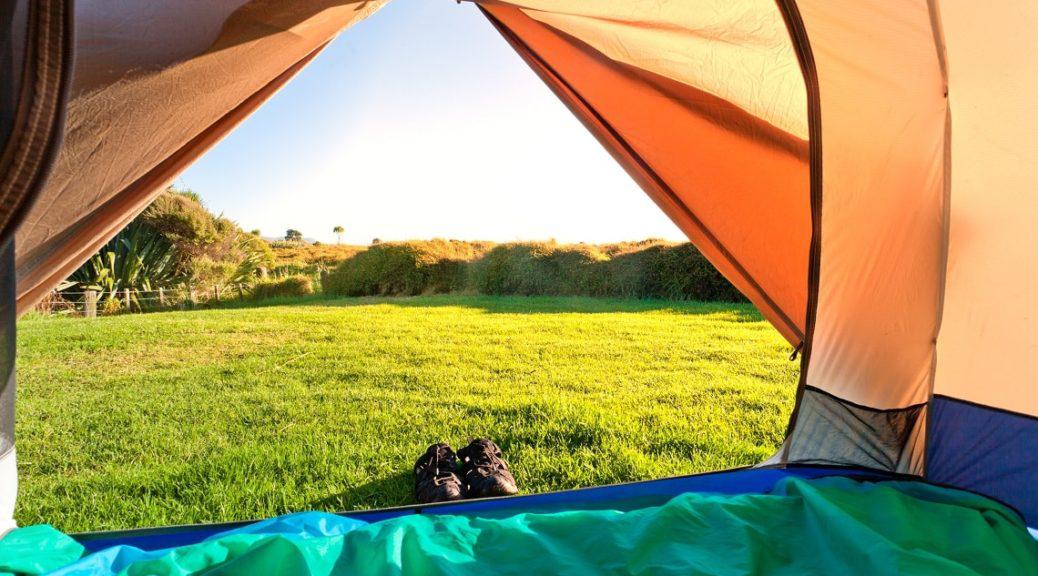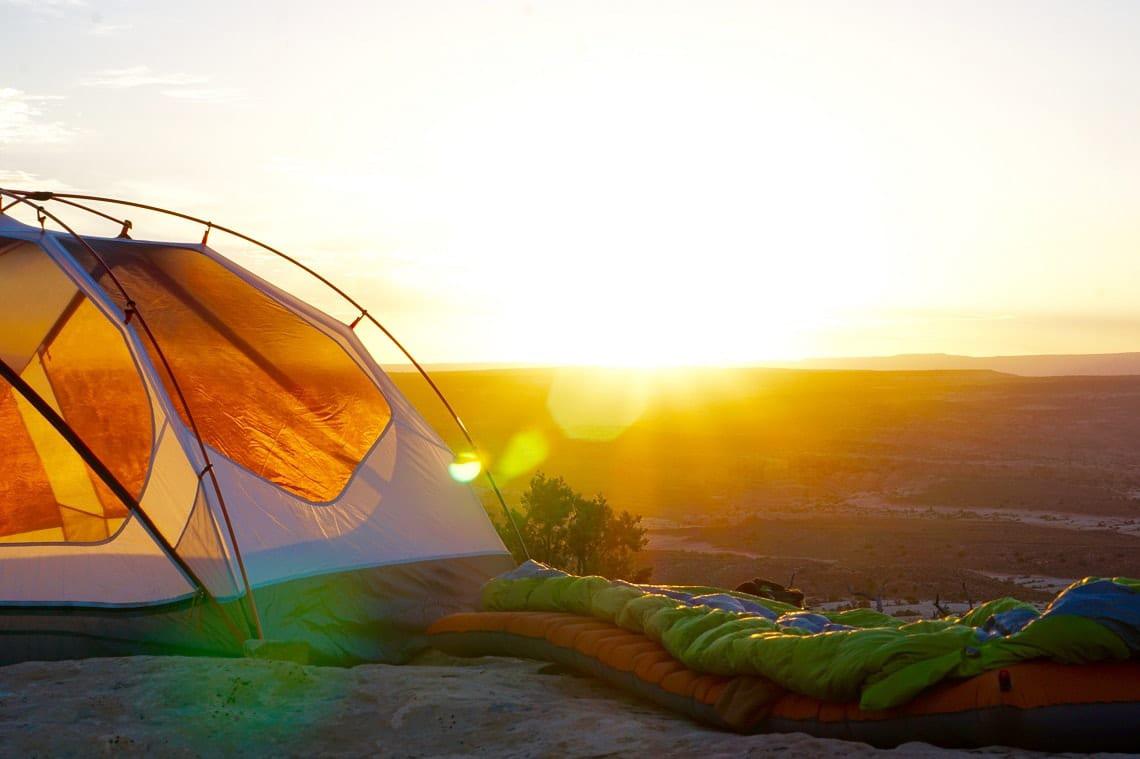It’s hard not to sleep well out in the bush, but a bad mattress will definitely take the gloss off. Unless you prefer listening to the nightjars and hyenas all night, consider the following before buying a new mattress for your next bush trip. By Chris Davies
First off, this post is not aimed at roof-top or trailer setups. Modern roof-top and trailer tents generally have good foam mattresses and storage and packing considerations don’t apply. For those like me who prefer to sleep on the ground, finding the right mattress is trickier, but by no means difficult.
It’s simply a question of knowing your preferences and giving some thought to your travel style and situation. Unlike a hiking trip, you’ll be spending weeks or months at a time on this mattress, packing it and unpacking it dozens of times. So how to get the best combination of comfort and convenience?
Different types of mattresses
Broadly speaking, there are three types of mattress to choose from: inflatable, self-inflating and foam. There’s a range of technologies and levels of quality for each, but for overlanding, there are special considerations.
Packing space
Inflatable, blow-up air mattresses usually pack smallest, followed by self-inflating mattresses and then foam. For weekend trips in a small sedan, this can be a major factor, but most overland vehicles can easily fit a few tightly rolled foam or self-inflating mattresses. In fact, these can be very useful in flattening equipment down, or jamming rattling items inside. Whatever mattress you pick, be aware of the space it takes to pack. However, a good mattress is something you want to make space for – don’t compromise unless you have no choice.
Setup time
So why not just get an air mattress? They pack small and can be very comfortable. While that’s true, air mattresses can be a hassle to inflate and deflate. An inverter and electric pump will help, but it’s still an extra step you could avoid. Pumps also break and are noisy and intrusive in shared campsites. Self-inflating and foam mattresses are quick and easy to setup and don’t require anything else to make them work.
Comfort
Thicker mattresses are likely to be more comfortable, but not always. Medium to high-density foam is fine at 6-8cm, provided the density is high enough. Foam density is measured in kilograms per cubic metre and anything above 24 is considered high. If you like a hard mattress, look for something at 23 or 24, but for most people, medium density, between 20 and 23, is more comfortable.
For self-inflating mattresses, you’ll need to go thicker, especially if you weigh more than 80kg. Here the quality of the mattress is particularly important. A good self-inflating mattress should use high-density memory foam that is fully bonded to the outside fabric so that when your weight moves to one side, the air doesn’t all rush to the other. Don’t go less than 5cm, and opt for up to 10cm if you’re over 80kg.
Inflatable mattresses have only air for support and insulation, and so have to be much thicker. A good quality one can be very comfortable, but be aware that the plastic may get sticky on hot nights (solved with a sheet). On cold nights, the change in temperature will cause the air inside to contract and the mattress will sag. In the end, comfort is hard to define. If at all possible, try out any mattress in the shop before you buy it.
Durability
Comfort in the shop is one thing, but if your inflatable mattress gets a hole, it’s goodbye to your good night’s sleep. When it comes to thorns and punctures, foam mattresses are the clear winners. A good self-inflating mattress should also weather a hole or two, it’ll just be a bit less comfortable until you can fix it. Note that to maximise the life of a self-inflating mattress, you should really store it unrolled and inflated, with the valves open. This might be a factor if you have limited home-storage space.
Insulation
Besides comfort, or rather to ensure it, the main reason to have a mattress at all is to keep well-insulated and warm off the ground. A thick, self-inflating mattress is best for extreme conditions. I’ve never tried foam in sub-zero temperatures, but am told it can turn as hard as ice!
In conclusion
A good mattress is worth spending a little extra on – buy the best you can afford. Consider your packing space, but make room for a bulkier mattress if possible. If you’re going on an extended trip, especially far from civilisation, don’t get an inflatable – they just aren’t durable enough and the setup time is inconvenient – go for quality self-inflating, or foam.
A mattress with removable or washable fabric is an advantage in the long run, but I’ve found that a bedsheet is light to pack, comfortable and easy to wash. Finally, don’t forget your pillow! There’s never a reason to use your sleeping bag cover stuffed with clothes. Your normal pillow and a cotton pillow case will go a long way to ensuring you have a great night’s sleep.
Looking for recommendations?
Three brands I have used and can recommend are: Tentco, Natural Instincts, and Carma Quip. I particularly like the Tentco 10cm Self-Inflating Mattress which has Velcro strips along the sides so that two mattresses can be neatly joined.
Carma Quip makes one of the toughest self-inflating mattresses I’ve seen and the Natural Instincts range of folding and rollup foam mattresses are great value, although they might not be thick enough for heavier individuals.


